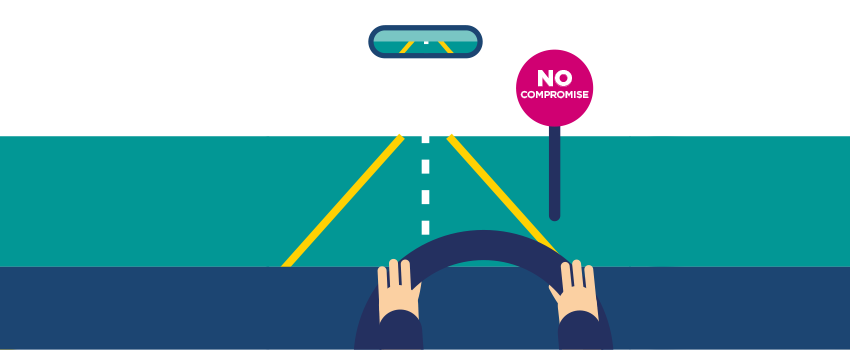With our problem solving skills combined with our flexible solutions, we enable finance teams to become more agile, so you can support your business and resolve issues – fast.
Frequent Frustrations
Your finance department undertakes many time consuming and often repetitive tasks. Long hours are common place, especially during times of planning, and closing. Speed and accuracy throughout the planning and forecasting process are key requirements – but if you’re like most operations, you have high volumes of data and many complexities that require manual adjustments. This is what drains your valuable staffing resources, and may be why, like many others, you reduce the number of planning cycles to the bare minimum needed.
As a result, one of two things happen. Either finance work long hours to produce the outcomes the business requires, or the business is not equipped to adapt to changing conditions, restricting its opportunity to increase market share.
A Fly in the Ointment
Many recall the night before the Brexit vote in June 2016. Businesses were unsure of the outcome, and what the impact would be. One way to plan for the result was to model the impact of Brexit. And this meant producing plans. Lots of them.
And one of our clients did just that. Using our agile planning system, they rapidly re-modelled their forecasts and plans, to produce over 100 models. The team then compared and refined them, and was able to present five coherent viable scenarios to the business.
This information provided insight and intelligence, and gave the board confidence that any of the 5 presented scenarios would offer a viable route to develop their business, regardless of the outcome of the vote. The board, relieved to learn the business had a great future, awarded a commendation to finance for their rapid achievement. They then used the information from the various plans to expand opportunities right across the global business.
Agile to the Rescue
Using an agile planning solution empowers you to create and refine new scenarios in hours, rather than days or weeks. Why don’t you too take this approach and produce a range of models, to inspire your business with well considered, meaningful and original scenarios.
Now you have the tools to deal with disruptors and their issues fast. And at last flexible finance enables a truly agile business.
Experience the Agile difference – get in touch





